Sonus Paradisi
Rabštejn nad Střelou, 1793 [Hauptwerk]
Rabštejn nad Střelou, 1793 [Hauptwerk]
No se pudo cargar la disponibilidad de retiro
Rabštejn nad Střelou Organ Model (1793)
The instrument built in 1793 by Antonín Reis (1741-1815) in the church of Rabštejn nad Střelou bears all the typical characteristics of the Czech traditional organ building. According to the view of prominent experts, this is one of very few Czech historical organs where the voicing of the Principals was never altered by later restorations and it was conserved in the original form (cited from the materials of the diocesan organ-surveyor Marek Cihar). The last major repair of the instrument was done in 1878, more than a century ago.
Rabštejn nas Střelou - regardless of its importance in the history - is today somewhat deserted location. It is one of those rare places where you feel you escaped the civilization. Perhaps thanks to this remoteness, the instrument is preserved in its ancient state. It does not even have an electric blower. On the other hand, this instrument is threatened by the long-term lack of regular care and its slow decay seems inevitable. It is not an exaggeration to say that we were perhaps among the last people who found the instrument in a playable state.
The virtual organ presented here offers the original form of the instrument, reproducing the short octaves, the original layout and appearance of the drawstops, the limited stoplist and the pedal compass. Apart from the documentation of the present situation, this makes it possible to study the appropriate organ music in perfectly adequate conditions.
Presented to you by Leonart Studio, your authorised reseller for Sonus Paradisi in Switzerland (shipped internationally). Get your digitally sampled historical organs for the use with the Hauptwerk virtual instrument software.
Share this Sample Set
![Rabštejn nad Střelou, 1793 [Hauptwerk]](http://artful.shop/cdn/shop/files/ss_rabstejn1.jpg?v=1692886022&width=1445)
![Rabštejn nad Střelou, 1793 [Hauptwerk]](http://artful.shop/cdn/shop/files/ss_rabstejn2.jpg?v=1692886022&width=1445)
![Rabštejn nad Střelou, 1793 [Hauptwerk]](http://artful.shop/cdn/shop/files/ss_rabstejn3.jpg?v=1692885904&width=1445)
![Rabštejn nad Střelou, 1793 [Hauptwerk]](http://artful.shop/cdn/shop/files/ss_rabstejn5.jpg?v=1692885904&width=1445)
![Rabštejn nad Střelou, 1793 [Hauptwerk]](http://artful.shop/cdn/shop/files/ss_rabstejn6.jpg?v=1692885904&width=1445)
![Rabštejn nad Střelou, 1793 [Hauptwerk]](http://artful.shop/cdn/shop/files/ss_rabstejn11_b32b24a0-fb95-407b-8a30-10448d00026f.jpg?v=1692889394&width=1445)
Specification (stop list)
-
Manual I
Rückpositif
Original stops:
Copula major 8'
Copula minor 4'
Principal 2'
Octav 1'
Extension stops:
Nasard 2 2/3'
Quint 1 1/3'
Terz 1 3/5' -
Manual II
Hauptwerk
Original stops :
Flöte 8'
Salicional 8'
Principal 4'
Quint 2 2/3'
Octav 2'
Mixtur
Extended stops:
Flute 4'
Quint 1 1/3' -
Manual III
-
-
Manual IV
-
-
Pedal
Original stops:
Subbass 16'
Octavbass 8'
Extended stops:
Choralbass 4' -
Other specification
Couplers:
HW - Ped.
RP - Ped.
Ped - HW inverse - to play the pedal with the left hand
RP - HW
History
Rabštejn nad Střelou Organ Model (1793)
The instrument built in 1793 by Antonín Reis (1741-1815) in the church of Rabštejn nad Střelou bears all the typical characteristics of the Czech traditional organbuilding. The size of the instrument matches perfectly the size of the church: the principal chorus is built on a Principal 4', nevertheless it includes also a Quint 2 2/3' which contributes to the gravity of the Hauptwerk plenum and underlines the contrast with the Rückpositiv built on a Principal 2'. According to the view of prominent experts, this is one of very few Czech historical organs where the voicing of the Principals was never altered by later restorations and it was conserved in the original form (cited from the materials of the diocesan organ-surveyor Marek Cihar). The last major repair of the instrument was done in 1878, more than a century ago.
Besides that, there is an open Flute 8' and a Salicional 8' of a baroque (not excessively stringy) timbre. The Hauptwerk is crowned by a 4 rank Mixture with a tierce rank included. The inclusion of a tierce rank is one of the most typical signs of the traditional Czech organbuilding. The Rabštejninstrument may be immediately recognized among others by somewhat bizarre timbre of its Mixture. The instrument did not undergo any recent restoration or rebuild, the maintenance of the instrument is not done often as the church is not in regular use. One may, therefore, only guess what the intended structure of the Mixture originally was. The low three octaves are easy to set, but the pitches in the top octave are puzzling. Our virtual restoration - based on the analysis of the recorded sound - uses a carefully chosen composition of the Mixture.
The break in the highest octave is perhaps somewhat speculative, nevertheless, Czech organ builders almost always built the 1' rank with a break. If more plausible solution is served, I would be happy to model it in Hauptwerk for comparison. Describing our digital model, the original version of the ODF offers the raw pitches of pipes as recorded, the extended version of the ODF offers the pitches smoothened to the above presented composition.
The Rückpositiv of the instrument presents the essence of the traditional Czech Chaire organ (compare it with the Peruc model, Hrubý Rohozec or larger Zlatá Koruna and the Prague baroque). It offers originally 4 stops, stopped flues 8' and 4' (called traditionally Copula's), Principal 2' andOctave 1' which breaks in the highest octave back to 2'. In the extended version of our model, I decided deliberately to create an optional aliquots Quint 1 1/3' and a Terz 1 3/5' of a principal timbre, and a Nasard 2 2/3' of a flute timbre, to allow for more pronounced solo use of the manual. The extended stopjamb is presented on a special tab, so that purists may not be disturbed by the added stops.
The Pedal of the original instrument is not independent. It offers two stops 16' and 8' of a very limited compass (18 tones) and it was intended to provide support to large chords, e.g. at the very end of the musical pieces. The semitones C#, D#, F#, G# are missing in the lowest octave, but the lowest F# and G# are provided in the upper octave in place of the f# and g#. So, the scale is: C, D, E, F, G, A, A#, B, c, c#, d, d#, e, f, F#, g, G#, a. The intention was to provide the fullest great octave possible, given the limitations of the baroque short octave. This situation is reproduced faithfully in the original version of the ODF. In the extended model, I enlarged the compass to the standard 27 tones, and added a 4' Choralbass for the solo performance of a chorale melody.
Rabštejn nas Střelou - regardless of its importance in the history - is today somewhat deserted location. It is one of those rare places where you feel you escaped the civilization and you are about to reach the extremities of the Earth. Perhaps thanks to this remoteness, the instrument is preserved in its ancient state. It does not even have an electric blower - in fact, there was never electricity available in the church itself (in our virtual model, we added optional artificial blower noise for those who like to hear it). On the other hand, this instrument is more than others threatened by the long-term lack of regular care and its slow decay seems inevitable. It is not an exaggeration to say that we were perhaps among the last people who found the instrument in a playable state. We are happy, and perhaps even proud, that we were allowed to capture its tonal characteristics for future digitally.
The virtual organ presented here offers the original form of the instrument, reproducing the short octaves, the original layout and appearance of the drawstops, the limited stoplist and the pedal compass. Apart from the documentation of the present situation, this makes it possible to study the appropriate organ music in perfectly adequate conditions.
The extended version of the virtual organ offers several additions to broaden the variability and easier usability of the sample set. The manual aliquots and the pedal Choralbass 4' for a cantus firmus play were already mentioned. The manual compass was extended to a standard one and also the pedal was virtually complemented to allow for an independent performance. A lot of couplers were added to make the life of an organist more easy. For the same reason, generals were added allowing to store and recall quickly the chosen combinations of stops. The extended version of the instrument (18 speaking stops) offers everything an organist needs for everyday home practice while keeping the resulting size of the virtual organ compact even if loaded in the highest 24-bit quality and the surround option. And yet, the characteristic "ancient sound" timbre of pipes may be enjoyed, especially if combined with a historical temperament, such as meantone or well-tempered variants which should be used instead of the standard equal temperament.
Features
Hauptwerk v.4.20 and higher supported.
The Compass
The original compass of the manuals is 4 octaves without the lowest C#, D#, F#, G#. The pedal compass is 18 tones. The extension of the manuals and the pedal is offered in another ODF: the manuals extend to 4 and half octaves (up to F), the pedal has 27 tones (up to D).
Screenshots
The console of the sample set reproduces faithfully the layout and the appearance of the original stops. However, for the ease of use by modern players, a second extended stop jamb was added (which may be alternatively displayed on a second LCD panel) where the drawstops were distributed according to the divisions and and also the extended stops were inserted. Finally, a few generals were added to the bottom of the extended console screen.
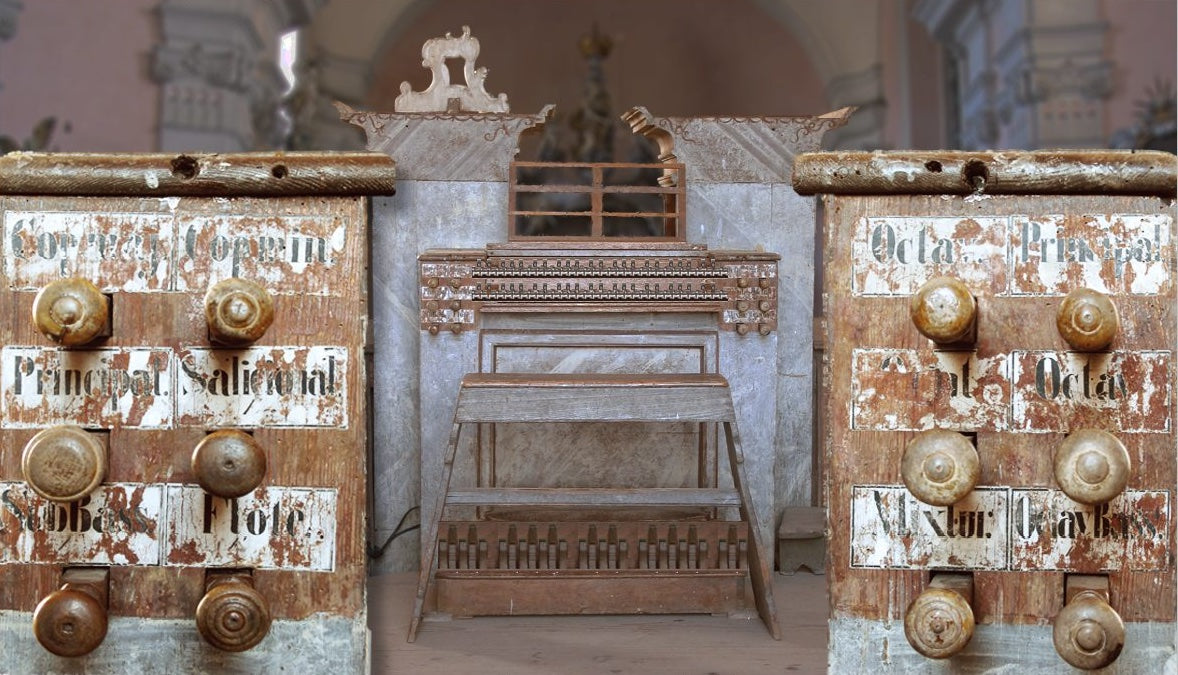
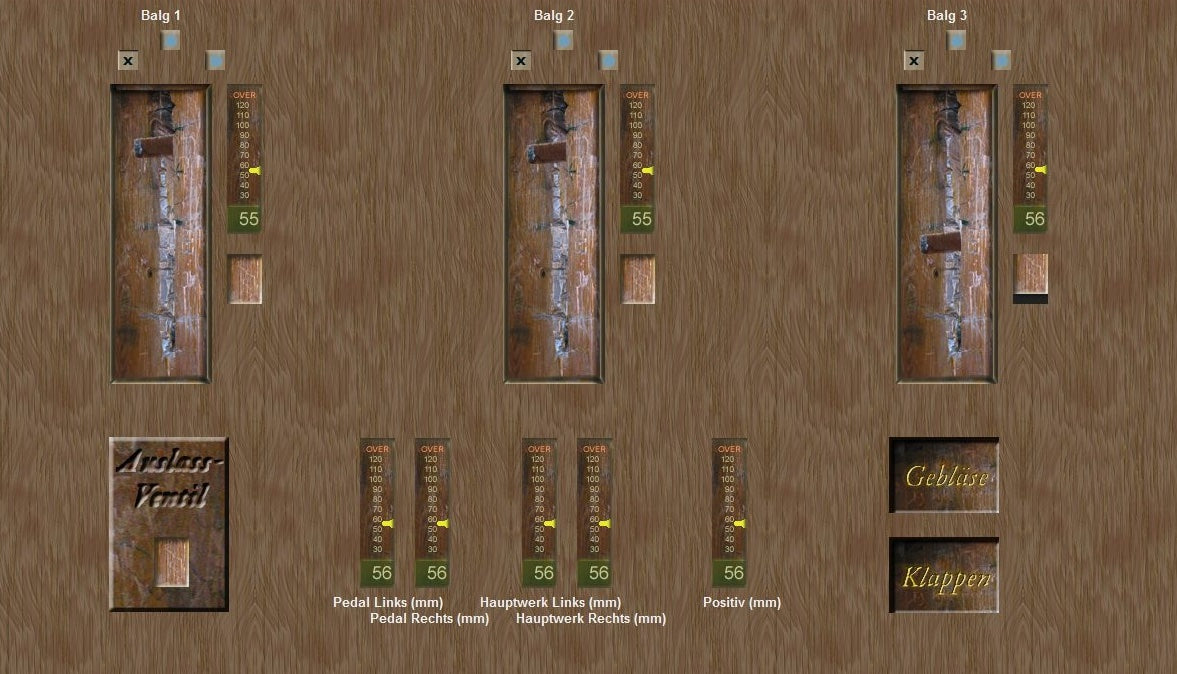
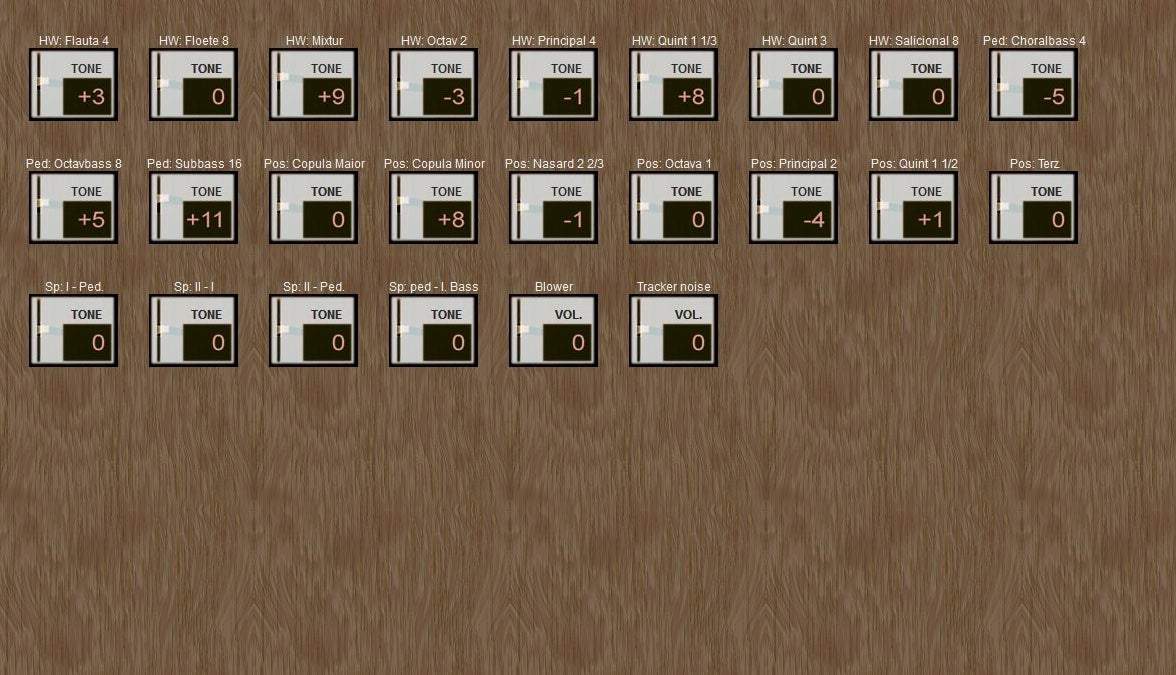
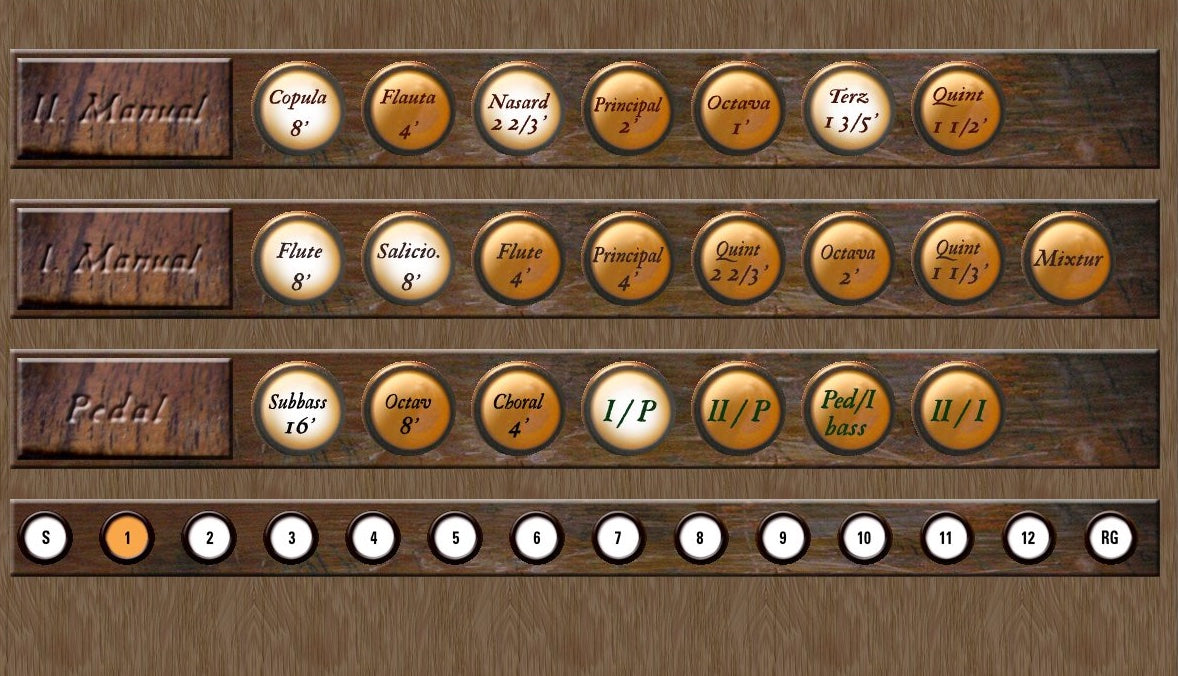
Requirements
Wet - direct and diffuse:
two different stereo recordings available, diferring by the ratio of the direct versus reflected sound. The direct version offers more details of the pipe speech, the diffuse one offers more spaciality (reverberation).
RAM requirements (approximately equal for both versions):
16-bit loaded (all other features enabled): 2.156 MB
20-bit : 3.044 MB
24-bit : 3.920 MB - the full organ may be loaded below 4 GB of RAM in the highest sample quality.
Surround:
the surround recording uses 4 independent channels for each virtual pipe (for each sample). The sound of the organ pipes is captured by the "front" microphones, the church response by the "rear" microphones. The 4 channels are extracted from the recording and assembled to the sample set. The two front channels are used to supply the sound of the organ to the front speakers, while the 2 other channels offer the response of the church. You can use these two channels to feed your surround (rear) speakers. Please note, that at least 4 speakers are needed to reproduce the multi-channel audio.
RAM requirements:
14-bit loaded (all other features enabled): 3.255 MB
16-bit : 4.130 mB
24-bit : 7.450 (the full instrument may be loaded into 8 GB of RAM in the highest sample quality.)
Dry:
the samples offer the mono recorded sound of individual pipes. The samples were panned into C and C# sides in Hauptwerk. This sample set may be used well in self-reverberant spaces (such as churches) or it may be mixed with the digital reverb. By the addition of digital reverb you can virtually "move" the organ into various spaces according to your need and your liking.
RAM requirements:
24-bit (the highest quality loaded): 1.450 MB of RAM
This Hauptwerk Sample Set is presented to you by Leonart Studio, an authorised reseller for the manufacturer Sonus Paradisi in Switzerland (shipping internationally). Enjoy this digitally sampled organ library for the use with Hauptwerk software and start expanding your historical organ collection today.
More Hauptwerk Sample Sets
-
Casavant, 1995 [Hauptwerk]
Proveedor:Sonus ParadisiPrecio habitual CHF 174.90Precio habitualPrecio unitario / por -
Reuter, 1928 [Hauptwerk]
Proveedor:Sonus ParadisiPrecio habitual CHF 473.00Precio habitualPrecio unitario / por -
Rotterdam Hoofdorgel, 1973 [Hauptwerk]
Proveedor:Sonus ParadisiPrecio habitual A partir de CHF 330.00Precio habitualPrecio unitario / porCHF 958.10Precio de oferta A partir de CHF 330.00Oferta -
Groningen, 1450-1740 [Hauptwerk]
Proveedor:Sonus ParadisiPrecio habitual A partir de CHF 658.90Precio habitualPrecio unitario / porCHF 1,681.90Precio de oferta A partir de CHF 658.90Oferta -
Goerlitz, 2006 [Hauptwerk]
Proveedor:Sonus ParadisiPrecio habitual A partir de CHF 328.90Precio habitualPrecio unitario / por -
Bückeburg, 1997 [Hauptwerk]
Proveedor:Sonus ParadisiPrecio habitual A partir de CHF 1.10Precio habitualPrecio unitario / por -
Brasov, 1839 [Hauptwerk]
Proveedor:Sonus ParadisiPrecio habitual CHF 418.00Precio habitualPrecio unitario / por -
St. Omer, 1717-1855 [Hauptwerk]
Proveedor:Sonus ParadisiPrecio habitual CHF 323.40Precio habitualPrecio unitario / porCHF 410.96Precio de oferta CHF 323.40Oferta -
Stellwagen organ, St. Marien, Stralsund (1659)
Proveedor:Sonus ParadisiPrecio habitual CHF 858.00Precio habitualPrecio unitario / por -
![Clavichord Model [Hauptwerk]](//artful.shop/cdn/shop/files/ss_clavichord.jpg?v=1724310155&width=533) Agotado
AgotadoClavichord Model [Hauptwerk]
Proveedor:Sonus ParadisiPrecio habitual CHF 33.00Precio habitualPrecio unitario / por

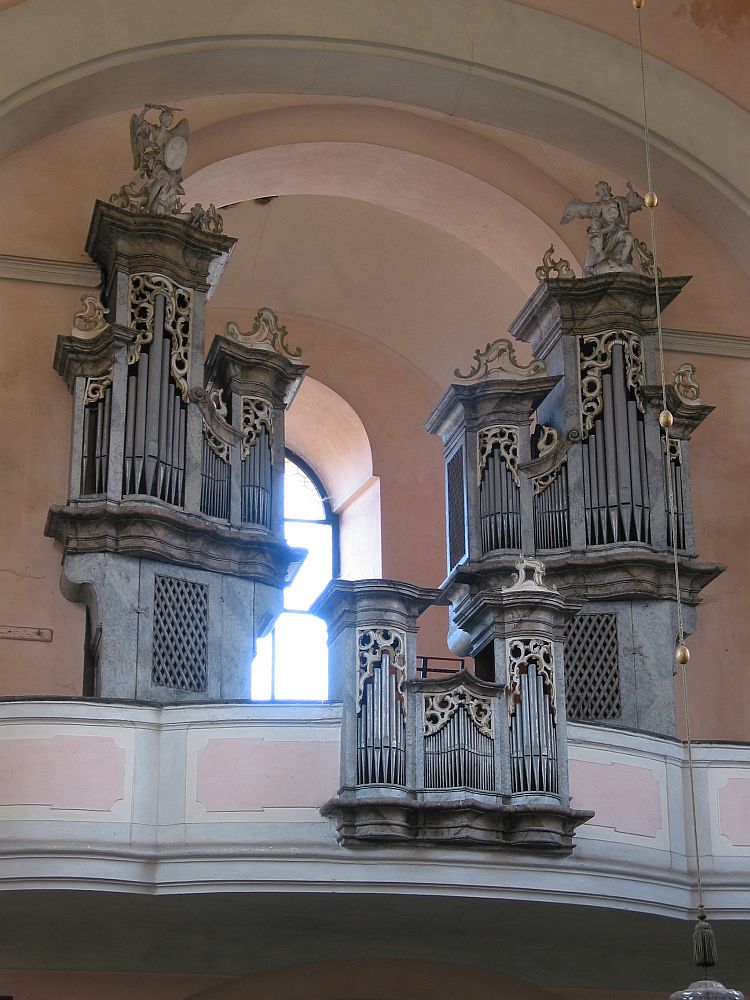
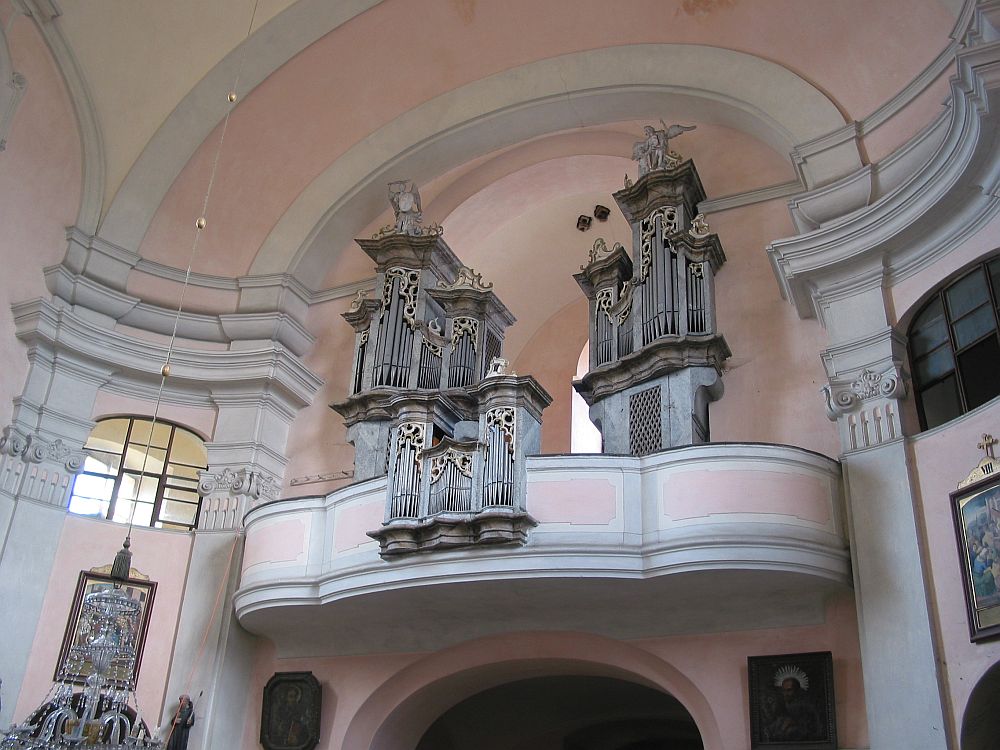
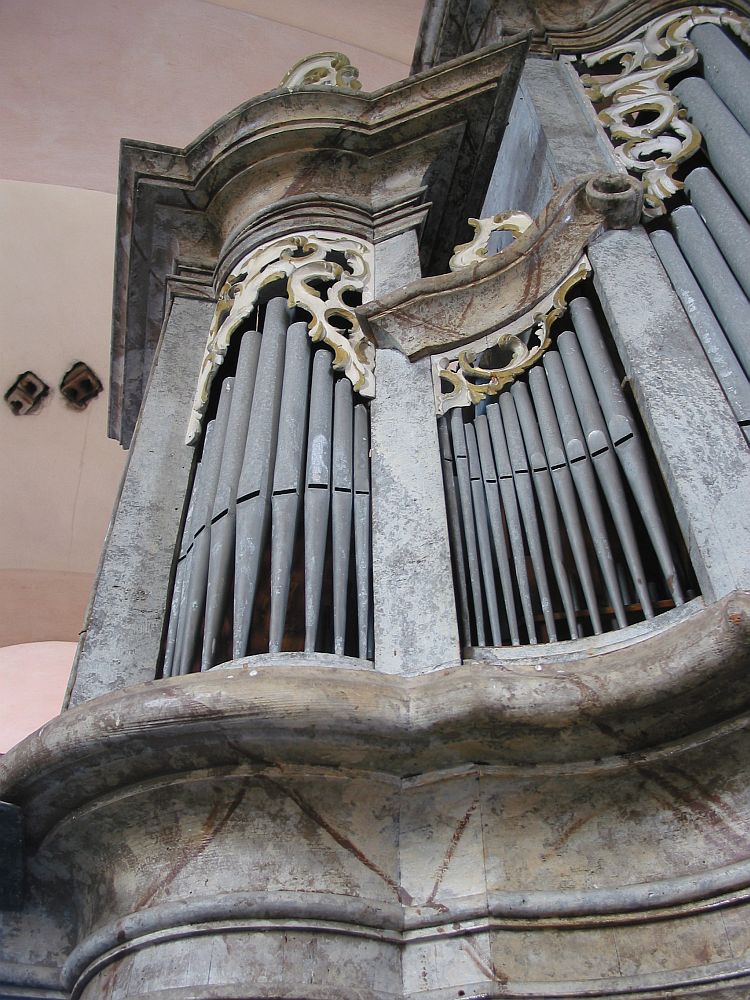
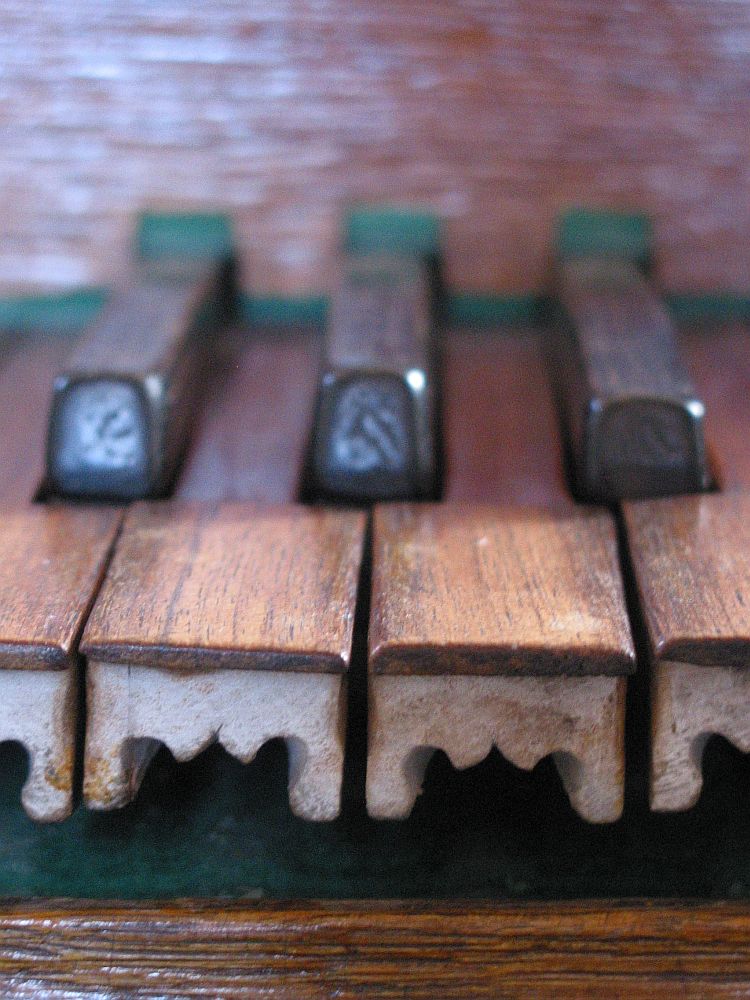

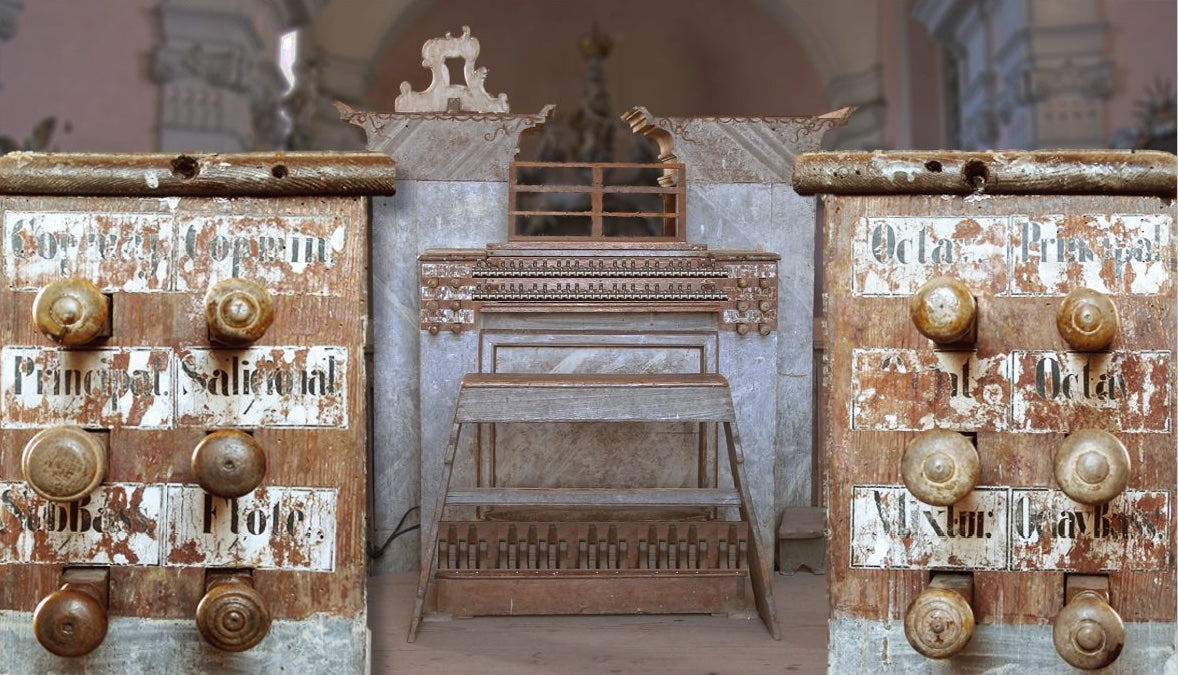
![Casavant, 1995 [Hauptwerk]](http://artful.shop/cdn/shop/files/ss_casavant1.jpg?v=1693319885&width=533)
![Reuter, 1928 [Hauptwerk]](http://artful.shop/cdn/shop/files/ss_Reuter1.jpg?v=1693321024&width=533)
![Rotterdam Hoofdorgel, 1973 [Hauptwerk]](http://artful.shop/cdn/shop/files/ss_RotterdamMain1.jpg?v=1693279529&width=533)
![Groningen, 1450-1740 [Hauptwerk]](http://artful.shop/cdn/shop/files/ss_Groningen1.jpg?v=1693275425&width=533)
![Goerlitz, 2006 [Hauptwerk]](http://artful.shop/cdn/shop/files/ss_goerlitz1.jpg?v=1692995837&width=533)
![Bückeburg, 1997 [Hauptwerk]](http://artful.shop/cdn/shop/files/ss_bueckeburg1.jpg?v=1692967628&width=533)
![Brasov, 1839 [Hauptwerk]](http://artful.shop/cdn/shop/files/ss_brasov1.jpg?v=1692967057&width=533)
![St. Omer, 1717-1855 [Hauptwerk]](http://artful.shop/cdn/shop/files/ss_omer1.jpg?v=1692904128&width=533)
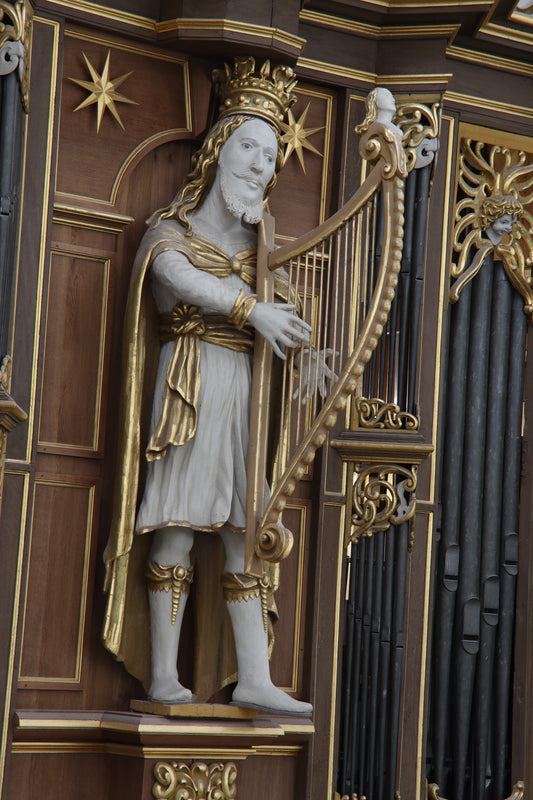
![Clavichord Model [Hauptwerk]](http://artful.shop/cdn/shop/files/ss_clavichord.jpg?v=1724310155&width=533)